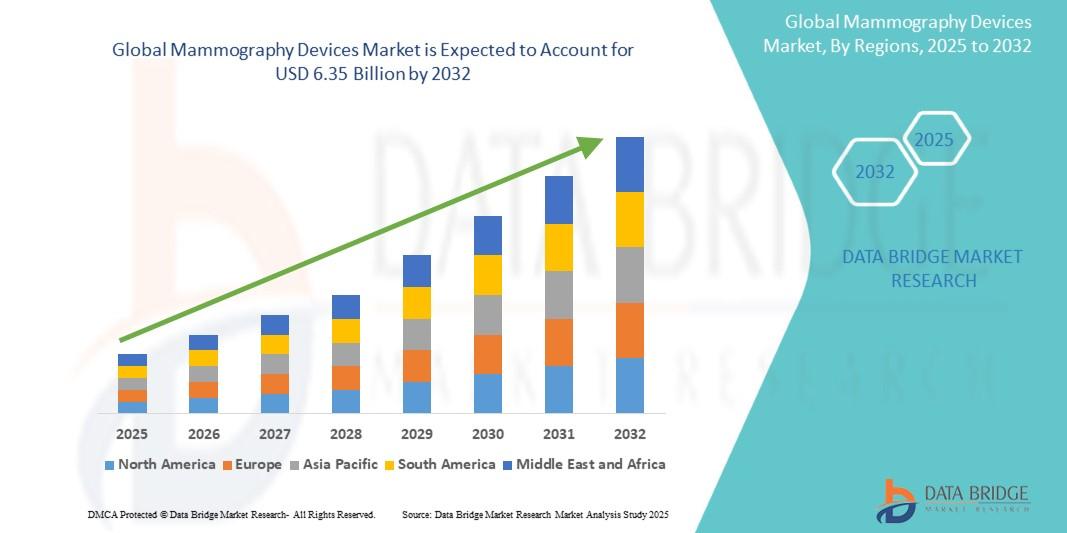High-Voltage Transmission Lines Market Europe
High-voltage transmission lines – High-voltage transmission lines are crucial for delivering electricity efficiently across long distances, linking renewable sources to urban demand centers.
High-voltage transmission lines are the backbone of the European power system, analogous to the "motorways" that carry bulk electricity across countries from major generation hubs to local substations. Their qualitative role is undergoing a dramatic transformation driven by the energy transition.
Core Qualitative Role:
The fundamental role of these lines is to facilitate the large-scale, efficient movement of power over long distances. By operating at high voltages, they significantly minimize the energy loss associated with resistance, making the entire power system viable. Historically, this meant moving power from large thermal power stations (coal, nuclear) located near fuel sources or load centers.
In the context of the EU energy transition, the qualitative role has expanded to four critical functions:
Connecting Remote Renewables: High-voltage lines are now essential for linking geographically isolated, high-capacity renewable sources—most notably large onshore and offshore wind farms, and solar parks—to the main load centers.
Facilitating Cross-Border Trade: They form the core of electricity interconnectors, enabling power to flow between member states. This is critical for achieving a unified European energy market, sharing variable renewable resources, and enhancing energy security.
Ensuring System Stability: They must be capable of reliably handling highly variable and dynamic power flows introduced by intermittent renewable generation, often requiring upgrades to their control and protective systems.
Enabling Electrification: As sectors like transport and heat electrify, these lines are needed to deliver much greater power volumes and ensure the highest possible reliability to support a fully electrified society.
Qualitative Design Considerations:
The design of high-voltage lines involves a careful balance of electrical, mechanical, and environmental factors:
Electrical Efficiency: Designers must select the optimal voltage level and conductor size to maximize efficiency (minimize energy loss) while maintaining voltage regulation within permissible limits. The choice is critical for balancing performance with cost.
Corridor Management and Aesthetics: The physical presence of overhead lines and pylons is a significant qualitative challenge, often leading to public opposition and long permitting delays. This drives the consideration of more complex designs, such as compact lines, or the choice of underground/submarine cable, which is far more expensive but sidesteps public resistance.
Technology Selection (AC vs. DC): The shift is increasingly toward High-Voltage Direct Current (HVDC) for new, long-distance projects. Qualitatively, HVDC is preferred when the sheer volume of power transfer or the distance makes traditional High-Voltage Alternating Current (HVAC) less efficient or technically challenging (e.g., long submarine cables).
Right-of-Way and Land Use: Securing the land corridor (right-of-way) for a new line is a major non-technical hurdle. The qualitative design must factor in challenging terrain, population density, and environmental impact assessments, which significantly complicate the planning and implementation phase—a process that often consumes half of a project's decade-long lead time.
In summary, high-voltage transmission lines are at the heart of the European grid's future, with their development driven by the qualitative need to connect, integrate, and flexibly manage a renewable-based energy system. The industry's challenge is to deploy this necessary infrastructure at an unprecedented pace while navigating significant planning, regulatory, and public acceptance barriers.
FAQs for High-voltage transmission lines
1. What are the key non-technical challenges in deploying new high-voltage lines in Europe?
The most significant non-technical challenges are permitting procedures, which are often lengthy and complex across multiple jurisdictions, and public opposition (NIMBYism) to overhead lines, which forces lengthy legal battles or the choice of more expensive underground cable routes.
2. How does the principle of "efficiency" apply to these lines?
Efficiency, in a qualitative sense, means maximizing the amount of power delivered relative to the amount generated, and minimizing energy loss due to resistance over long distances. High voltages are used specifically to achieve this electrical efficiency, which in turn reduces the need for over-generation and minimizes the environmental footprint of the power system.
3. What is the difference between HVDC and HVAC, and why is HVDC becoming more important?
High-Voltage Alternating Current (HVAC) is the traditional system, while High-Voltage Direct Current (HVDC) is a more modern alternative. HVDC is becoming more important because, qualitatively, it offers lower losses over very long distances and is the preferred, and often only, choice for long submarine/underground cables, making it essential for connecting distant offshore wind and creating robust cross-border connections.
More Related Reports:





